"In the lowest moments of my life, the only reason I didn't commit suicide was that I knew I wouldn't be able to drink anymore if I was dead. It was the only thing I thought was worth living for, and the idea that people were about to try and remove me from alcohol was so terrible that I drank and drank and drank, and they had to practically carry me into the clinic."
-Musician, Eric Clapton
Depression is so common in individuals grappling with substance abuse and addiction that the two diseases are viewed as a co-occurring, dual diagnosis disorder. If the disorder were to be rendered as a visualization, it would assume the likeness of a silhouette. For some, the black cut-out in the foreground of the silhouette would be their addiction and the light background would be their depression. For others, their depression would be the black cutout in the front against the backdrop of their addiction. To make things even more challenging, the line that separates the two is often merged in variations of grayscale.

Depression is so common in individuals grappling with substance abuse and addiction that the two diseases are viewed as a co-occurring, dual diagnosis disorder. If the disorder were to be rendered as a visualization, it would assume the likeness of a silhouette.
For some, the black cut-out, if the foreground of the silhouette would be their addiction and the light background, would be their depression.
For others, their depression would be the black cut-out in the front against the backdrop of their addiction. To make things even more challenging, the line that separates the two is often merged in variations of grayscale.
The two illnesses, each complex, singular, and unique in their manifestations and permutations, often converge to assume a bi-directional aspect. The convergence produces characteristics and qualities that have reactive proactive effects on each other, as well as reciprocal associations with each other.
The statistics lay bare the breadth and scope of depression in American society and the depth to which depression and addiction are co-joined.
The 2017 National Survey on Drug Use and Health (NSDUH), advanced understanding of the scope of depression as defined by the Diagnostic and Statistical Manual of Mental Disorders
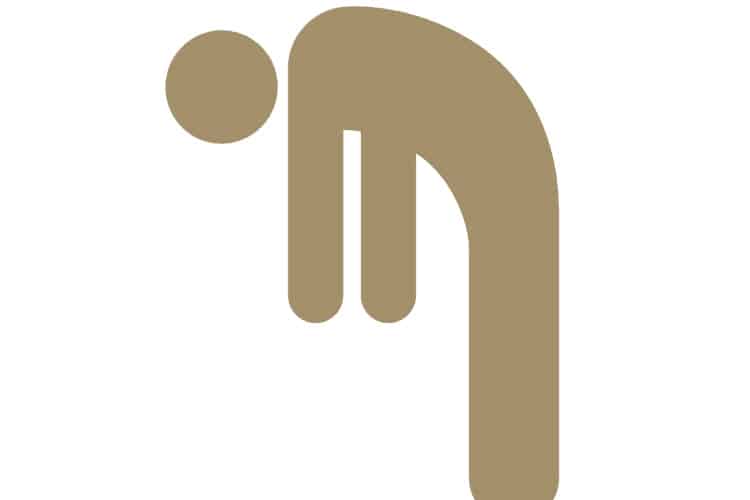
The DSM-5 definition of depression is precise: That a person experience a depressed mood or loss of interest or pleasure in daily activities, and has a majority of specified symptoms, such as problems with sleep, eating, energy, concentration, or self-worth over a period of more than two weeks; and that the major depressive episode could include symptoms caused by medical illness, substance use disorders, or medication.
The study concluded that in 2017, among Americans aged 18 and older:
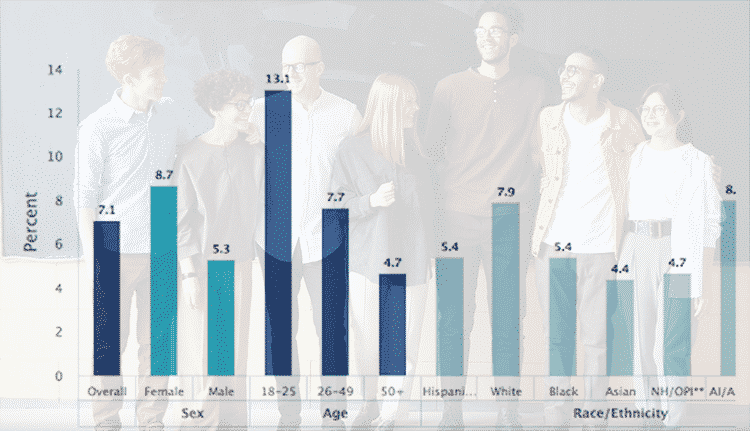
Since many who suffer from depression do not seek treatment, the longitudinal incidence of chronic and recurring depression is significant. The (JAMA) Journal of the American Medical Association found that recurring episodes of depression over the course of people’s life span in the United States are more than 20-26% for women and 8-12% for men.
The link between depression and addiction is resounding and clear from the growing body of research findings and statistics. According to the 2017 National Survey On Drug Use and Health, one in three adults grappling with a substance use disorder is also suffering from depression. Among those afflicted by recurring major depression, nearly 16.5 percent are simultaneously grappling with alcohol addiction, and 18% with drug addiction.
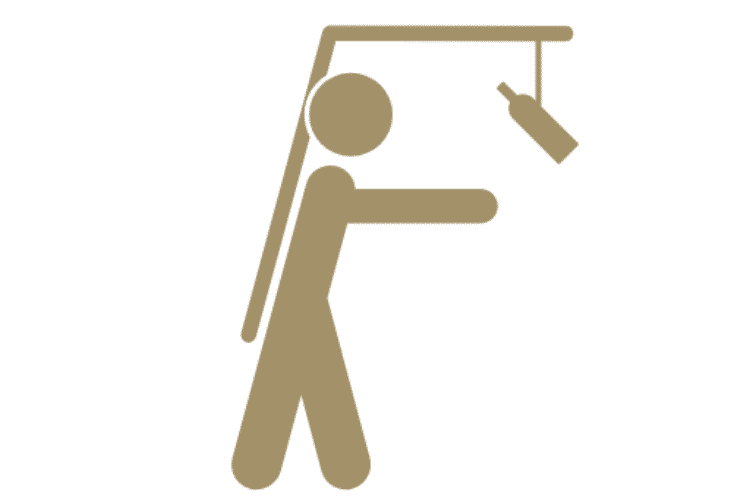
While laypeople understand, at least superficially, the definition of depression from The Diagnostic and Statistical Manual of Mental Disorders (DSM-5) it seems like a general, vague term to describe an insidious, complex, far-reaching, multidimensional disease of the mind.
Depression is an illness that is alternately glamorized and celebrated as an occupational hazard of creative genius, stigmatized and silenced, or used as a device for hyperbole and humor. The word “depressed” is often tossed about in popular culture to describe everyday irritants and mild disappointments.
A reflex adjective in personal conversational vernacular, the word is often deployed to create familiarity and intimacy, or as a comic device, facetious remark, or glib convenience. This prevalent usage belies the complex nature of depression, a disease that touches every corner of an afflicted individual’s life and everything and every one the afflicted individual touches-family, lived ones, work, school, colleagues, and community.
Most people who are not afflicted by depression find it difficult to understand and hard to tolerate. Faced with the depression of others, they fail to understand the depressed person’s level of pain and paralysis. Those who suffer from depression often find that language and words cannot fully describe the depth of their suffering. For what depression truly means to those who experience it, we can gain some semblance of understanding from their expressions in art, music, and literature.

Most people who are not afflicted by depression find it difficult to understand and hard to tolerate.
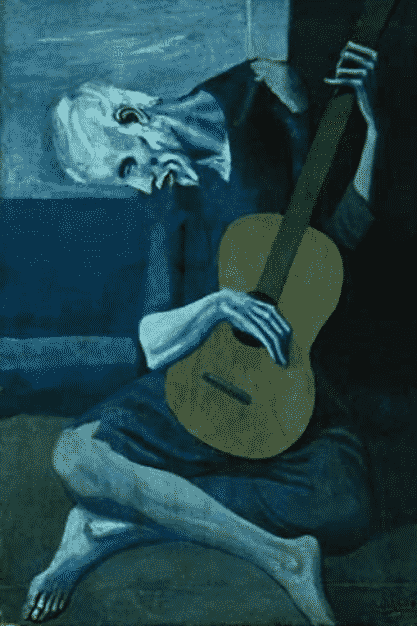
Faced with the depression of others, they fail to understand the depressed person’s level of pain and paralysis. Those who suffer from depression often find that language and words cannot fully describe the depth of their suffering.
For what depression truly means to those who experience it, we can gain some semblance of understanding from their expressions in art, music, and literature.
Nine Inch Nails lead singer and songwriter, Trent Reznor, wrote Hurt, a song about suicide and the pain of depression.
"I hurt myself today; To see if I still feel; I focus on my pain; The only thing that's real; The needle tears a hole; The old familiar sting; Try to kill it all away; But I remember everything..."
Disclaimer: Only for fair use for educational purposes and illustration. We do not own the copyright to this video.
In the short story, The Depressed Person, David Foster Wallace, a writer who suffered from depression and addiction who took his own life at the height of his fame, writes:
The so-called 'psychotically depressed' person who tries to kill herself doesn't do so out of quote 'hopelessness' or any abstract conviction that life's assets and debits do not square. And surely not because death seems suddenly appealing. The person in whom it's invisible agony reaches a certain unendurable level will kill herself the same way a trapped person will eventually jump from the window of a burning high-rise. Make no mistake about people who leap from burning windows. Their terror of falling from a great height is still just as great as it would be for you or me standing speculatively at the same window just checking out the view; i.e. the fear of falling remains a constant. The variable here is the other terror, the fire's flames: when the flames get close enough, falling to death becomes the slightly less terrible of two terrors. It's not desiring the fall; it's terror of the flames. And yet nobody down on the sidewalk, looking up and yelling 'Don't!' and 'Hang on!', can understand the jump. Not really. You'd have to have personally been trapped and felt flames to really understand a terror way beyond falling."
- David Foster Wallace
As a chronic or recurring illness, it can last for significant periods of time, even for decades and throughout a lifetime.
Grappling with depression can take a till on every aspect of an individual’s life if it is not managed through a coterie of prescriptions and care.

Depression has several variations, each with its own litany of symptoms and ranging from bearable to excruciating to dangerous in their level of severity
While joyless days every now and then are part of the human condition, interminable, overwhelming, crippling feelings of sadness that sabotage a person’s ability to function, to participate in routine and pleasurable tasks and activities, to feel motivated to act and accomplish, and to socialize and participate in familial, fraternal, and communal activities over an extended period of time are signs of depression.
To weed out temporary and situational depression that is linked to loss and grief, the Diagnostic and Statistical Manual of Mental Disorders (DSM-5) defines major depressive episodes as those that meet all or most of the following criteria for at least two weeks:
There are multiple types and subtypes of Depression. Precipitated by different causes or permutations of causes, each has similar symptoms. Negative, fatalistic, and pessimistic thoughts, agitation, restlessness, irritability, inability to focus, rejecting or withdrawing from loved ones, giving up regular activities, anger, rage, and lashing out at loved ones, increase in sleeping, fatigue, exhaustion, or lethargy, suicidal thoughts, and weight loss or gain.
The following list describes the most prevalent ways the disorder presents itself.
Also known as unipolar depression, is the most severe form of this disorder. Unlike bipolar depression which swings between episodes of depression and mania, unipolar depression is consistent and persistent in presenting low, negative emotions such as sadness, and extinguishes a person’s capacity to show interest or react to external and environmental stimulants.
MDD appears to have a notable hereditary dimension. Individuals’ vulnerability to MDD triples when the disorder is found in parents, siblings, and children. It afflicts women more than men due to hormonal imbalances and genetic predisposition that arise during milestones of women’s lives such as puberty, pregnancy, childbirth, and menopause. Regardless of gender, depression is also a co-occurring disorder and reality for 25% of cancer patients, and 33% of heart attack survivors and HIV patients, Other contributing factors include the symptoms of depression, such as disruption of sleep and changes in appetite.
The next category of depression is Dysthymia or persistent depressive disorder. A chronic illness, it can wreak havoc throughout a person’s lifetime reaching into every facet of a person’s life and stage of life, and negatively impacting life and career goals, as well as daily functioning. It is accompanied by feelings of inadequacy, low self-esteem, self-loathing, and hopelessness. Often gloomy, morose, or pessimistic, this condition results in a prolonged joylessness that lasts more than two years. More than 3 million American adults are afflicted with this disorder, half of them severely. Among children and adolescents, 8 million are affected by major depressive disorder including dysthymia, with girls afflicted more than boys.
While 50% of new mothers experience “baby blues,” a short-lived malady after birth that is marked by mood swings. Postpartum Depression affects 10% to 20% of new mothers. The condition is attributed to hormonal changes following childbirth that affects mood and is intensified by the demands of caring for a newborn. A ,ore severe, rare form of this disorder, Postpartum Psychosis, affect 1 in 500 to 1,000, presenting itself in the first six weeks after delivery. This mental illness is often exacerbated by other disorders such as bipolar and schizophrenia and can cause the mother to detach from reality or hurt herself or her baby.
Is marked by hallucinations and delusions detached from reality. It is either a graduation from previous milder forms of depression or provoked by trauma.
Is marked by intense sadness similar to grief.
Is often directly related to mood and interactions with others. It is a contradiction as a depressive disorder since it evokes improved moods when experiencing pleasure, but also ehibits increased appetite or significant weight gain, excessive sleeping throughout the day even while performing activities such as driving, a sensation of heaviness in the limbs or paralysis, and acute sensitivity to rejection.
There is a gender dimension to this disorder with women twice as likely to be afflicted by it. Less likely symptoms include eating disorders like bulimia, body dysmorphia, and headaches.
Is a combination of body motor and behavioral issues that causes immobility or involuntary movements during the catatonic state.
SAD is a time sensitive disorder that affects some people in winter months. The lack of sunlight during winter causes depressive symptoms that can usually be treated with light therapy and Vitamin D.
In addition to the above, the Diagnostic and Statistical Manual of Mental Health Disorders identifies other distinctive disorders including Premenstrual dysphoric disorder, Disruptive mood dysregulation disorder, Substance/medication-induced depressive disorder, Depressive disorder due to another medical condition, and other specified depressive disorder and unspecified situational depressive disorders.
Evidence-based treatment modalities for depression include antidepressant medications, psychotherapy, and in extreme cases, electroconvulsive treatment or ECT.
Antidepressants fall into three categories: SSRIs (Selective serotonin reuptake inhibitors), TCAs (Tricyclic antidepressants), and SNRIs (Serotonin and norepinephrine reuptake inhibitors).
No treatment exists as a replacement for talk therapy or psychotherapy. Cognitive Behavioral Therapy (CBT) and Dialectical Behavior Therapy as well as Family Therapy, Group Therapy, and Process oriented talk therapy are used separately or in combination to treat the variety of disorders.
In a one on one clinical setting, through therapy, the client together with the counselor can identify and replace negative beliefs with positive ones, identify triggers and coping strategies, learning solutions and skills to problems, learn positive relationship building skills, increase self esteem by replacing negative meta narratives, and learn to establish and attain personal goals. Learn more about CBT and DBT.
Individual self-care can empower those suffering from depressive disorders, giving them agency and control over a condition that they cannot control, and increasing self-esteem. Committing to healthy sleep habits, engaging in daily exercise, paying attention the healthy foods and nutrition all create physical and emotional changes
Dual diagnosis or co-occurring disorder refers to the convergence of one or more mental disorders including depression, anxiety, bipolar, addiction to substances, and other abuse. Dealing with just one of these disorders is overwhelming enough, dealing with both is a Herculean task.

Each wreaks havoc on a person’s life, both can spell disaster and danger including physical, mental legal, and criminal consequences. Often, one untreated condition leads to deterioration of the other and activates a cycle of consequences that can spiral into critical and debilitating health.
Frequently depressed individuals use substances to self-medicate and to treat mental disorders. This can inflame the mental disorder. For example, alcohol that is used to treat depression serves only to increase depression since alcohol is a depressant.
Opioid abuse can increase the risks of depression. 50% of individuals with severe mental disorders also grapple with addiction, 52% of those addicted to drugs, and 36% of those addicted to alcohol also suffer from one or more mental disorders.
The two disorders when combined can extremely dangerous. Alcohol and drugs when taken in conjunction with anti-depressants can be injurious to people.
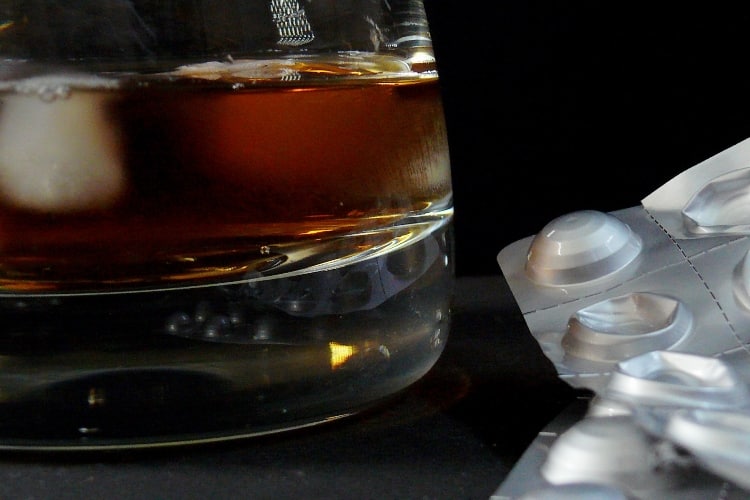
Treating depression and addiction together requires advanced clinical and therapeutic skills and the sharpest of forensic tools. At New Leaf Detox & Treatment, we are committed to meeting the needs of our Dual Diagnosis patients with the most advanced best practices in addiction medicine and treatment and evidence-based standards of care, while always mindful of each client’s individual needs.
After the extensive patient-provider engagement, careful screening, and medical and psychological evaluation, our clinician’s design individualized plans to meet each patient’s specific needs. The plans are comprehensive in scope using a variety of treatment modalities from our cornucopia of specialized care plans for Dual Diagnosis that include Medication Assisted Treatment, Psychotherapy including individual counseling, group counseling, peer support, education groups, onsite medical assistance, family involvement, and post-treatment follow up support.
New Leaf Detox and Treatment
63 Mallorca, Laguna Niguel,
CA, 92677
(844) 929-0067